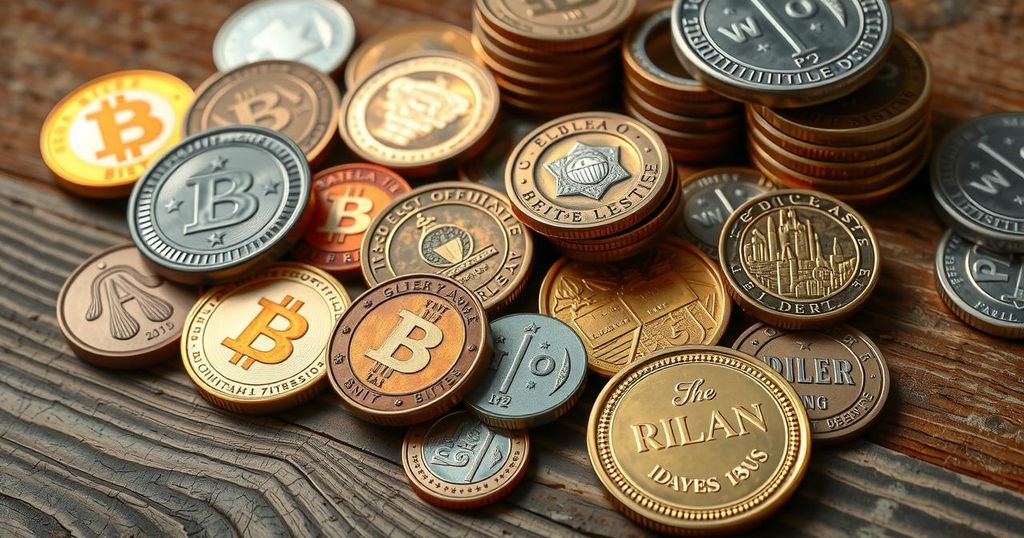President Trump has ordered the end of penny minting due to high production costs. The penny remains in circulation due to political reasons and consumer reliance on exact pricing. Other regions like St. Kitts and Nevis have eliminated lower denomination coins, indicating a global trend in reconsidering coinage based on economic viability.
President Donald Trump has recently mandated the U.S. Treasury to cease the minting of the penny, as its production cost surpasses its monetary value of one cent. Despite ongoing discussions to eliminate the penny since the 1990s, it continues to display significant endurance in everyday transactions. This persistence is largely due to political unpopularity regarding its removal and practical difficulties in implementation.
Many individuals and businesses depend on precise pricing, and the elimination of the penny would necessitate rounding prices to the nearest nickel. This raises concerns among customers regarding potential increases in their total payments. Furthermore, organizations that produce and supply pennies continue to advocate for their circulation, highlighting that these coins are maintained due to tradition, convenience, and economic implications regarding pricing.
Should the penny be eliminated, cash transactions would likely be rounded to the nearest nickel, encouraging a transition towards digital payments, where exact amounts can be managed without the necessity of rounding. Nevertheless, research indicates that such rounding practices in cash transactions would minimally affect overall pricing and inflation rates.
In contrast, the smallest legal coin in St. Kitts and Nevis is the five-cent coin, which measures 23.11 mm in diameter, weighs 1.74 grams, and is constructed from aluminum. The Eastern Caribbean Central Bank (ECCB) reversed its circulation of one-cent and two-cent coins starting on July 1, 2015, attributing this decision to low purchasing power and high production and handling costs. This scenario illustrates that the expenses associated with producing smaller denomination coins were disproportionate to their actual value, a trend that may also extend to the five-cent coin.
In summary, while the U.S. penny faces potential elimination due to its higher production costs than its value, its continued use is rooted in political and practical challenges. Alternative practices such as rounding up transactions may not significantly impact inflation, while St. Kitts and Nevis have already adapted their currency system by eliminating lower denomination coins due to similar economic concerns. Thus, the discussion around the penny reflects broader economic implications and consumer preferences in cash transactions.
Original Source: www.thestkittsnevisobserver.com






